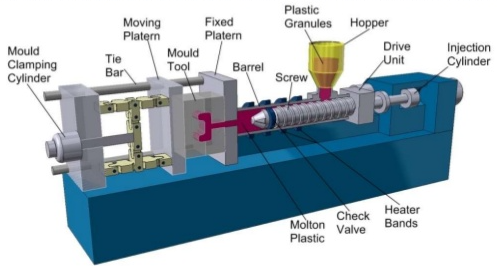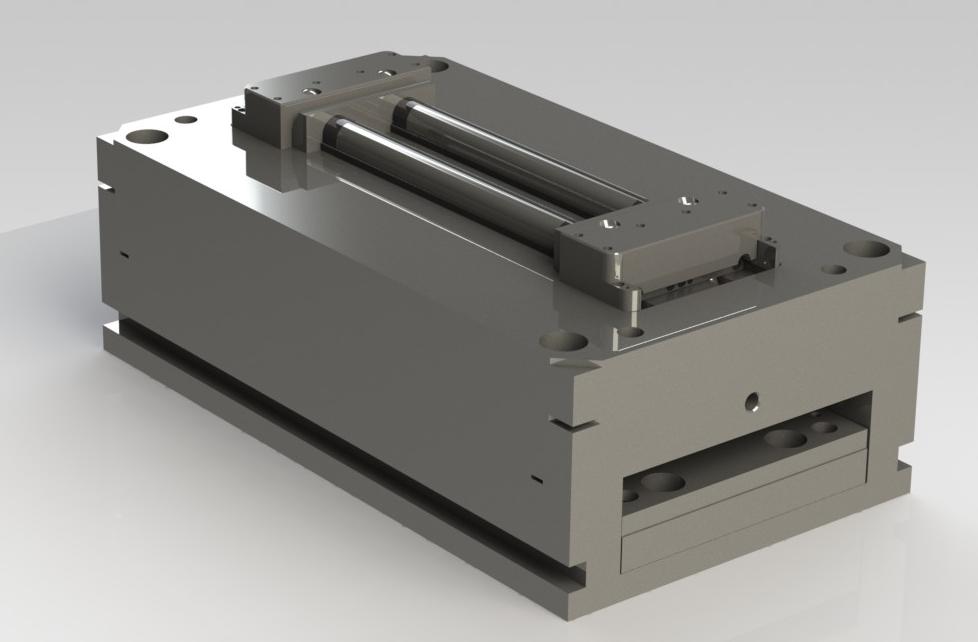The Basic Principles Of Plastic Manufacturing s
Wiki Article
Rumored Buzz on Manufacturing Industries
Table of ContentsOur Die Casting PDFsLean Manufacturing Fundamentals ExplainedGetting My Lean Manufacturing To WorkThe Basic Principles Of Plastic Manufacturing Indicators on Manufacturing Industries You Should KnowManufacturing Industries Can Be Fun For Everyone
The text on this page is an example from our complete White Paper 'Shot Moulding for Buyers' - * Sample text * - for full guide click the download button above! Intro This overview is planned for individuals who are seeking to resource plastic mouldings. It gives a much needed understanding right into all that is included with creating plastic components, from the mould tool required to the moulding procedure itself.If you intend to discover further, the overview covers sorts of mould devices, in addition to special finishing procedures such as colours & plating. Words that are underlined can be discovered in the glossary in the appendix ... Part I: Moulding: The Essentials The Advantages of Injection Moulding Plastic injection moulding is an extremely accurate process that uses numerous benefits over other plastic handling techniques.
Precision is ideal for very complex components. Contrasted to various other techniques, moulding enables you to incorporate even more functions at very little tolerances. Have an appearance at the image to the. You can hold this moulding in the palm of your hand and also it has employers, ribs, metal inserts, side cores and openings, made with a sliding shut down function in the mould tool.
Fascination About Die Casting


from material feed Product melting; material injection; shot time and ejection and also the re-closing of the mould tool ready for all set next cycle. Draft angles - The walls of a moulded component should be slightly tapered in the instructions in which the part is ejected from the mould device, to enable the component to be ejected quickly.
Ejector stroke - The pushing out of ejector pins to eject the moulded component from the mould device. Ejector stroke rate, size and timing requires to be carefully regulated to avoid damage to the ejectors and also mould device, yet at the same time make the moulding cycle as brief as feasible.

The 5-Second Trick For Additive Manufacturing
Ribs - When a plastic part has slim walls, ribs are added to the layout to make the slim wall surfaces stronger Side cores - Side action which creates a feature on a moulded component, at an opposing angle to the typical opening direction of the mould tool. manufacturing. The side core needs to be able to retract as the plastic part can not be expelled otherwise.
Wall surfaces - The sides of a moulded part The message on this page is an example from our full White Paper 'Shot Moulding for Buyers'.
Shot moulding is widely used for making a variety of parts, from the tiniest components to whole body panels of autos. Developments in 3D printing modern technology, making use of photopolymers that do not melt throughout the shot moulding of some lower-temperature thermoplastics, can be made use of for some straightforward shot moulds. Injection moulding uses a special-purpose equipment that has 3 components: the shot unit, the mould and also the clamp.
Little Known Facts About Lean Production.
Refine features [edit] Injection moulding makes use of a ram or screw-type bettor to force molten plastic or rubber material into a mould cavity; this strengthens into a shape that has adjusted to the shape of the mould. It is most typically utilized to refine both polycarbonate and thermosetting polymers, with the volume utilized of the previous being substantially higher.: 13 Thermoplastics are widespread as a result of features that make them highly suitable for injection moulding, such as simplicity of recycling, convenience for a variety check that of applications,: 89 as well my website as capacity to soften and also stream on heating.In multiple cavity moulds, each cavity can be similar as well as form the exact same parts or can be one-of-a-kind and develop multiple different geometries during a single cycle.
The screw supplies the raw material ahead, mixes and homogenises the thermal as well as thick distributions of the polymer, and also reduces the required heating time by mechanically shearing the material as well as adding a considerable quantity of frictional home heating to the polymer. The material feeds onward via a check shutoff and also gathers at the front of the screw into a volume called a shot. When sufficient product has gathered, the material is required at high pressure and also rate into the part creating tooth cavity. The specific quantity of shrinking is a function of the material being used, as well as can be relatively predictable. To stop spikes in pressure, the process usually uses a transfer setting representing a 9598% full tooth cavity where the screw changes from a constant speed to a consistent stress control.
Manufacturing Fundamentals Explained
The packaging stress is applied up until the entrance (cavity entrance) solidifies. Due to its tiny size, the entrance is usually the very first location to strengthen with its entire thickness.: 16 Once the entrance solidifies, no even more product dig this can go into the tooth cavity; appropriately, the screw reciprocates and also acquires product for the next cycle while the product within the mould cools down so that it can be ejected and also be dimensionally stable.Report this wiki page